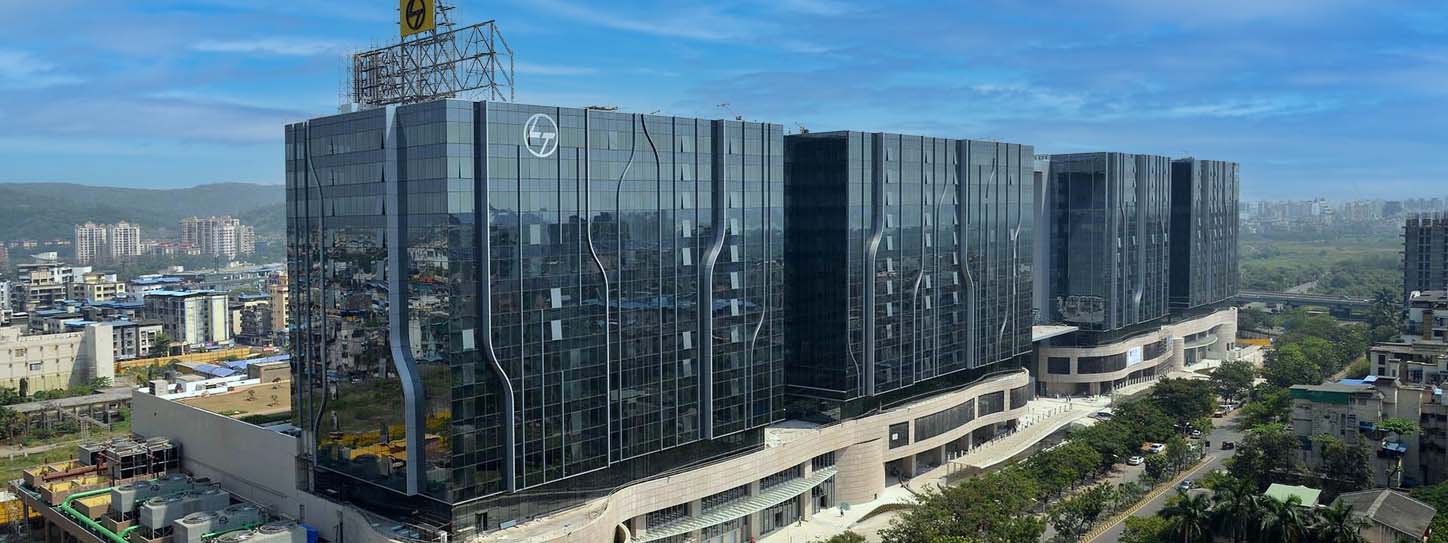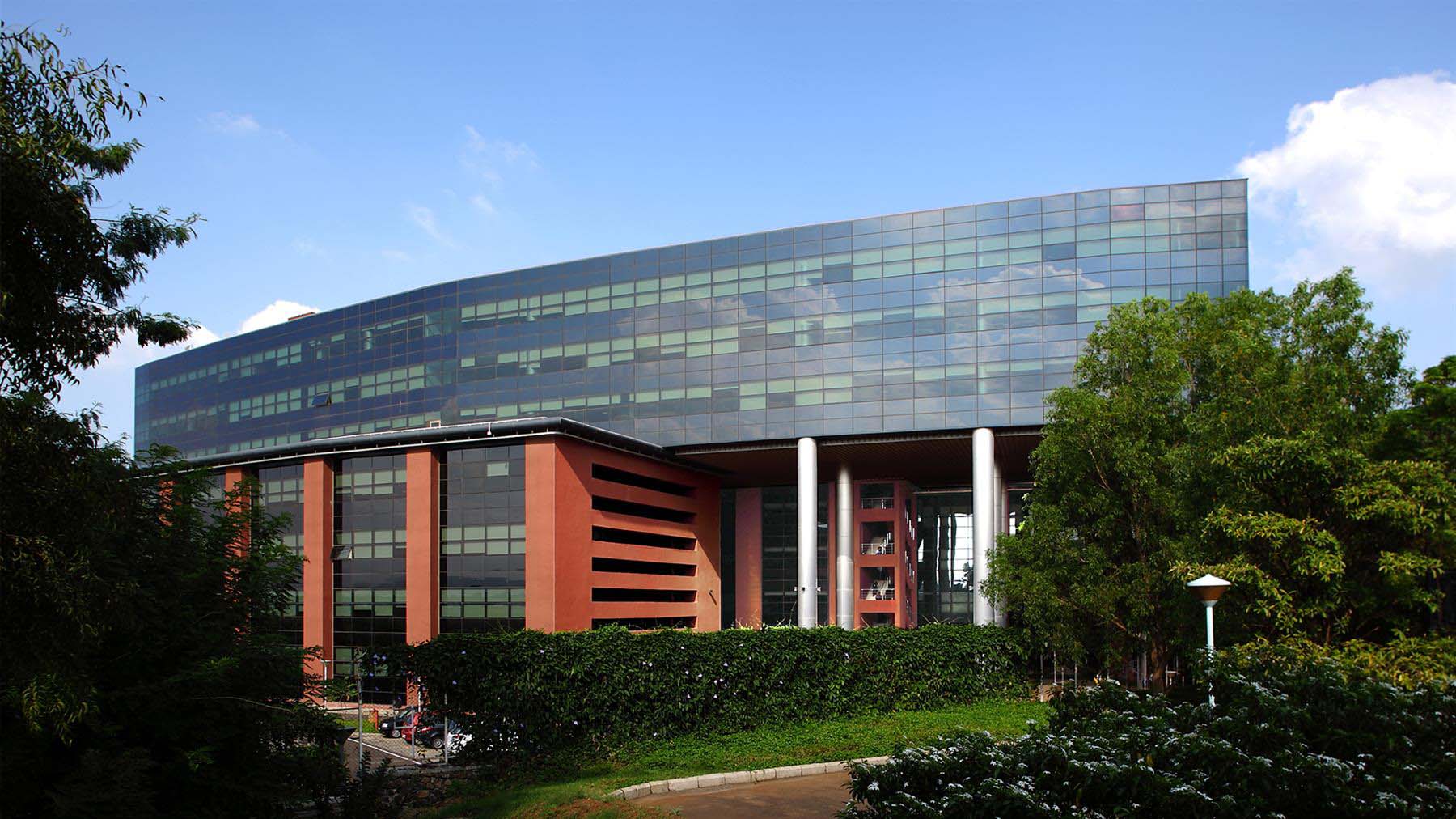Laminated safety glass is a vital component in modern architecture and construction, offering enhanced safety, security, and performance. This type of glass is designed to hold together when shattered, providing an additional layer of protection in various applications. This blog explores everything you need to know about laminated safety glass, including its composition, benefits, applications, technical data, and important certifications to consider.
What is Laminated Safety Glass?
Laminated safety glass consists of two or more layers of glass bonded together with an interlayer, typically made of polyvinyl butyral (PVB) or ethylene-vinyl acetate (EVA). The interlayer holds the glass layers together, preventing the glass from breaking into sharp, dangerous shards when impacted. Instead, the glass cracks but remains intact, reducing the risk of injury.
Benefits of Laminated Safety Glass
1. Enhanced Safety
The primary benefit of laminated safety glass is its ability to hold together when broken, reducing the risk of injury from sharp glass fragments. This makes it an ideal choice for areas where safety is a concern, such as windows, doors, and skylights.
2. Security
Laminated safety glass provides an additional barrier against forced entry and vandalism. The interlayer makes it more difficult to penetrate, offering increased security for residential, commercial, and industrial buildings.
3. Sound Insulation
The interlayer in laminated glass also acts as a sound barrier, reducing noise transmission and providing a quieter indoor environment. This is particularly beneficial for buildings located in noisy urban areas or near busy roads.
4. UV Protection
Laminated safety glass blocks up to 99% of harmful ultraviolet (UV) rays, protecting interior furnishings from fading and reducing the risk of UV-related health issues.
5. Durability
Laminated safety glass is designed to withstand impacts, extreme weather conditions, and temperature fluctuations, making it a durable and long-lasting choice for various applications.
Applications of Laminated Safety Glass
Laminated safety glass is used in a wide range of applications, offering safety, security, and performance benefits:
1. Windows and Doors
Used in residential and commercial buildings to provide safety, security, and UV protection while allowing natural light to enter.
2. Skylights and Roof Glazing
Installed in skylights and roof glazing to enhance safety and protect against impacts and extreme weather conditions.
3. Automotive Glass
Commonly used in windshields and other automotive windows to provide safety and reduce the risk of injury in accidents.
4. Balustrades and Railings
Incorporated into balustrades and railings to provide a safe and secure barrier while maintaining a modern aesthetic.
5. Facades and Curtain Walls
Used in building facades and curtain walls to enhance safety, security, and energy efficiency.
6. Soundproofing Applications
Installed in offices, recording studios, and other environments where sound insulation is important.
Technical Data of Laminated Safety Glass
When evaluating laminated safety glass, consider the following technical data:
- Thickness: Typically ranges from 6mm to 60mm, depending on the application and required safety standards.
- Interlayer: Common interlayers include polyvinyl butyral (PVB) and ethylene-vinyl acetate (EVA).
- Impact Resistance: Meets or exceeds safety standards for impact resistance, ensuring it can withstand physical impacts without breaking into sharp fragments.
- Light Transmission: Maintains high levels of light transmission for visibility and natural light.
- Sound Insulation: Provides effective sound insulation, reducing noise transmission by up to 50%.
- UV Protection: Blocks up to 99% of harmful UV rays.
Important Certifications for Laminated Safety Glass
Before choosing laminated safety glass, ensure it meets relevant safety and performance standards. Key certifications to look for include:
1. EN 356
The European standard for security glazing. It specifies the requirements and test methods for glass used in buildings to resist manual attack.
2. ANSI Z97.1
The American National Standards Institute standard for safety glazing materials used in buildings. It specifies safety requirements and test methods for glazing materials.
3. BS 6206
A British standard that specifies impact performance requirements for flat safety glass and safety plastics for use in buildings.
4. ASTM E2190
The American Society for Testing and Materials standard for laminated architectural flat glass, specifying durability and performance requirements.
5. ISO 12543
The International Organization for Standardization standard for laminated glass and laminated safety glass. It covers definitions, properties, and test methods.
Laminated safety glass offers numerous benefits, including enhanced safety, security, sound insulation, UV protection, and durability. Its wide range of applications makes it an essential material in modern architecture and construction. By understanding the composition, benefits, technical data, and important certifications, you can make an informed decision when selecting laminated safety glass for your projects.
FG Glass - Your Partner in High-Quality Laminated Safety Glass Solutions
At FG Glass, we provide top-quality laminated safety glass products that meet the highest standards of safety and performance. Our laminated safety glass solutions are ideal for various applications, ensuring durability, security, and aesthetic appeal. Discover how FG Glass can help you enhance the safety and performance of your projects with our innovative glass products. For more information, visit fgglass.com.

You might also like
Feb 21, 2022 by TARIQ KACHWALA
Feb 21, 2022 by TARIQ KACHWALA
Feb 23, 2022 by TARIQ KACHWALA









